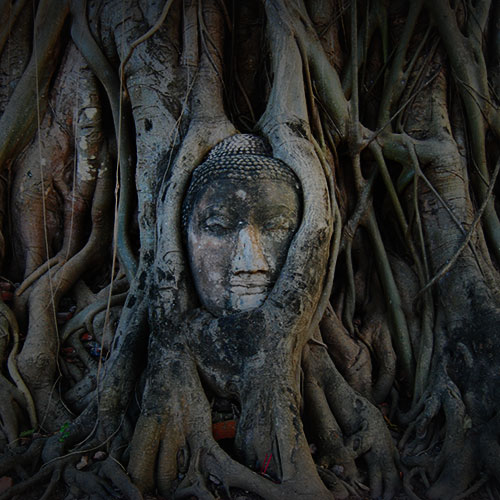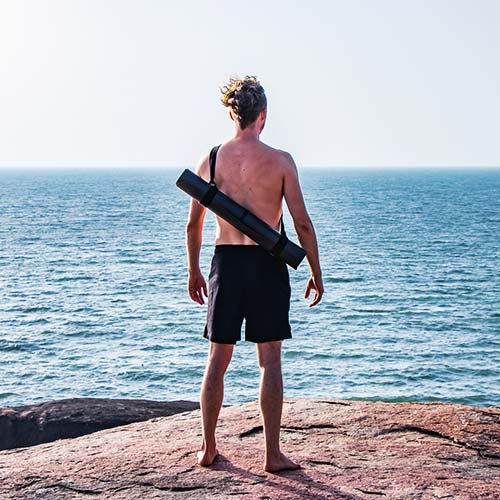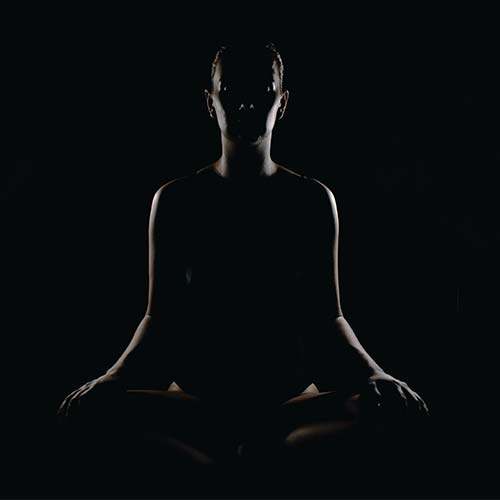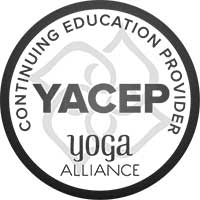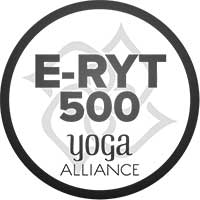Each of us will need to find our own unique pathway above and beyond the darkness of this time. I would say that only we can know what it is that hurts us the most, what direction to take, which of our problems really matter and which of our buried experiences we need to excavate.
The now universal condition of ‘social distancing’ will mean, for some, emotional withdrawal from people. But for some it will mean an endeavour to ‘stay together apart’: to reconnect with others, and the self as well. From an existential psychology perspective, drawing on the writings of Viktor Frankl and Irvin Yalom, the pandemic and the imposed restrictions force us to drop our usual coping mechanisms, or defences against our fundamental, mostly avoided anxieties. Where has our previous life of ‘constant doing’ got us? Which route should we take from here? What should we do with our confined – but precious – freedom of choice in our ‘little, remote island’ of the self?
Most of our daily destructions (or possible attempts for answers to these questions) are being taken from us. We can no longer experience the same physical movement, accomplishment, or even sense of mission by going to work. We can no longer socialise with old and new acquaintances, or ground our future in a certain direction. All these losses, even if temporary, bring to the surface different expressions of anxiety, which are often linked to our ultimate anxieties of ‘how to be’.
We do not all respond to such stressful events in the same way, as our vulnerability to them depends on multiple factors, such as our social and economic resources and our pre-existing ‘neuroticism’ (Fergusson & Horwood, 1987), our inclination for rumination and our attentional bias towards all negative aspects of the present (Losiak et al., 2019). For those of us who were not fortunate to have had sufficient means, education and social support, or a nurturing enough childhood and adolescence, to help us develop resilience and hope, the lockdown entrapment could be a prolonged void of purpose and meaning, an obsession with the past and the unchangeable, without anything visible beyond this crisis. Indeed, people have greatly differing levels of strengths and energy to respond to stressful and threatening situations, while the vast majority of relevant studies suggests isolation is frequently associated with poor mental health (Tamminen et al., 2019).
Each of us will need to find our own unique pathway above and beyond the darkness of this time. Paraphrasing Carl Rogers, I would say that only we can know what it is that hurts us the most, what direction to take, which of our problems really matter and which of our buried experiences we need to excavate.
This attention into our ‘inwards space’ will mirror our confinement to the physical space of our home, where there is less to do, but at the same time ‘there is more to do with this less’. But this will also slow down our external and internal pace, as we search for purpose and drive among fewer, but possibly more essential, choices. While we are slowing down, the presence of our inner selves will become more alive, memories will come back and we will view them in a new light. Indeed, Milan Kundera (1996) contends that slowness is secretly linked with trying to remember, while speeding up our steps betrays an attempt to forget, to quickly run away from what is happening in the moment. What could this pause to gaze and reflect mean for each of us?
Strangely enough, the key for me to seeing the silver lining in this cloud has been the uncomfortable awareness that there will be no alternative to the lockdown for several weeks, if not months…! Too long to hold my breath until the end of it. I will inevitably have to go through the shock, the sadness and loneliness without distractions, until this will feel a little more normal and then something different will emerge.
Indeed, several vivid dialogues between ‘me and myself’ started to happen, reflecting the different sides of my internal dilemmas, conflicts and uncertainties. I respectfully attended to each of them present their case. It has been a while since ‘the two of us’ have been in such close proximity. Like with any other dyadic relationship, such constant closeness can feel like a blissful, fresh encounter, as well as an inescapable suffocation.
In humanistic counselling we like to think of a dialogue taking place between two competing parts of ourselves (‘configurations of self’; Mearns et al., 2013). But sometimes we also notice the presence of a third self, a referee, who is observing and ‘regulating’ the other two selves. It felt as if this was happening inside me.
I am not sure what the end point of this heated debate between my selves will be. However, when in truce, my three selves collaborated to create the drawing above. I pompously named it the ‘crossroads of the unconscious’. Could drawing be another royal road to our unconscious and its hidden dynamics, as dreams were according to Freud? Could the images, shapes and colours and their plot mirror the secret lives and voices of our selves, and especially those who were previously not heard much? This would indeed be fruitful material for my future psychoanalysis, if I ever commit to it. But for the time being, I just feel the serenity of them staying together and also apart from me, as I stare at my drawing.
- Dr Nicholas Sarantakis, Counselling Psychologist, Senior Lecturer - University of Northampton, Psychotherapist - The British CBT & Counselling Service, to found out more visit: www.nicholassarantakis.com
References
Fergusson, D.M. & Horwood, L.J. (1987). Vulnerability to life events exposure. Psychological Medicine, 17(3), 739-749. http://doi.org/10.1017/S0033291700025976
Frankl, V.E. (1985). Man’s search for meaning (revised and updated Edn). New York, NY: Washington Square Press.
Freud, S. (1900/2020). The interpretation of dreams. Blackwell’s Editions.
Losiak, W., Blaut, A., Klosawska, J., & Losiak-Pilch, J. (2019). Stressful Life Events, Cognitive Biases, and Symptoms of Depression in Young Adults. Frontiers in Psychology, 20. doi: https://doi.org/10.3389/fpsyg.2019.02165
Mearns, D. Thorne, B. & McLeod, J. (2013). Person-centred counselling in action (4th Edn). Sage Publications.
Kundera, M. (1996). Slowness. Faber & Faber.
Tamminen, N., Kettunen, T., Martelin, T., Reinikainen, J., & Solin, P. (2019). Living alone and positive mental health: a systematic review. Systematic Reviews, 8(134). Doi: https://doi.org/10.1186/s13643-019-1057-x
Yalom, I. (1980). Existential psychotherapy. Basic Books.
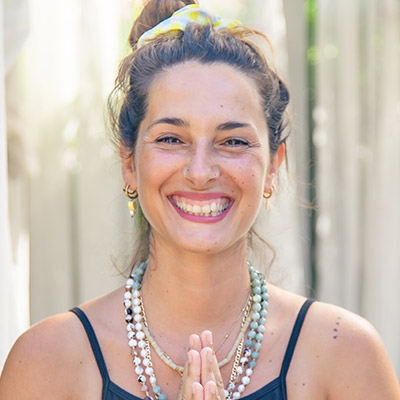
Athina Tamaresi
Head Teacher INEA • YOGA
Yoga to me has been a wonderful journey, helping me truly accept and connect with me as a whole. Now I am here to support you to explore your innner radiance.


 90 min
90 min
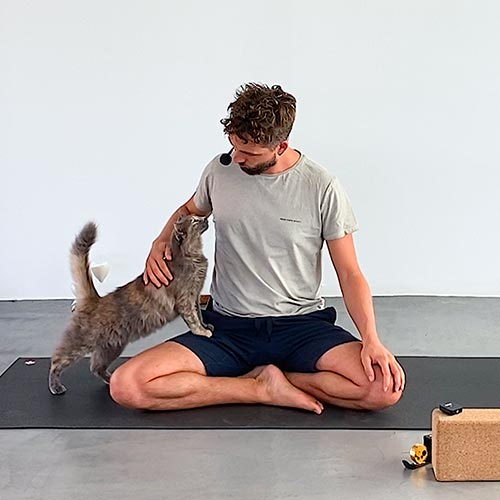
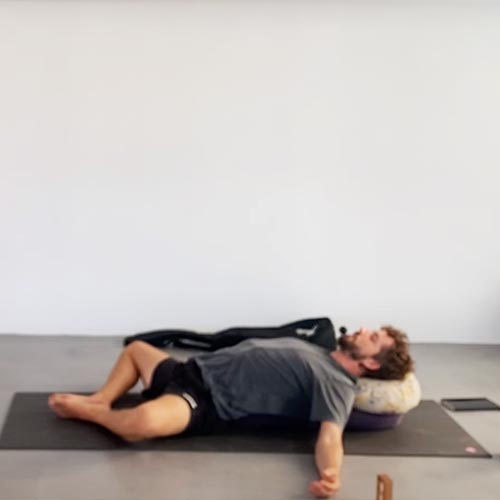
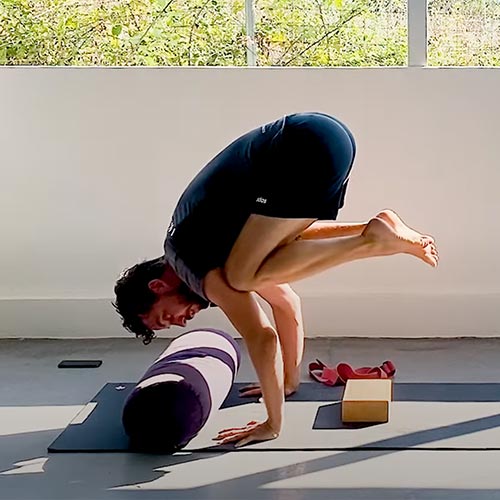
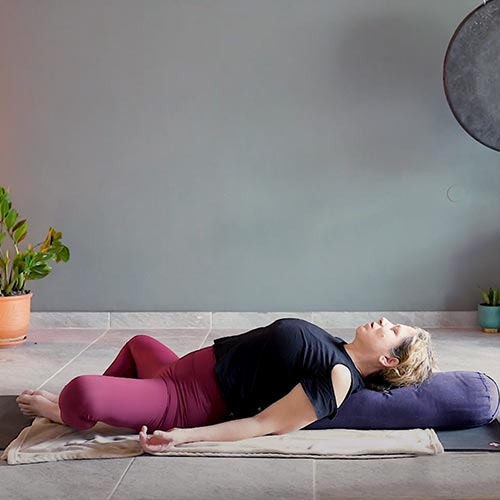

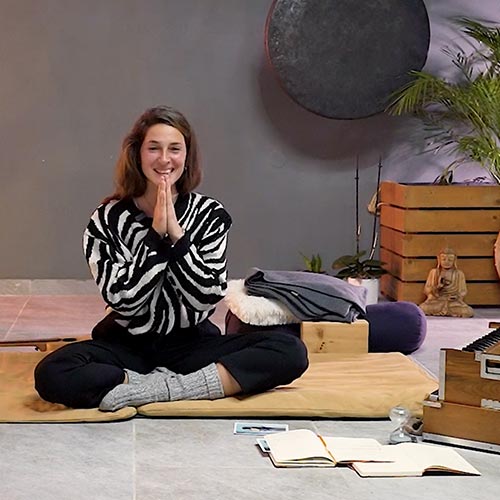
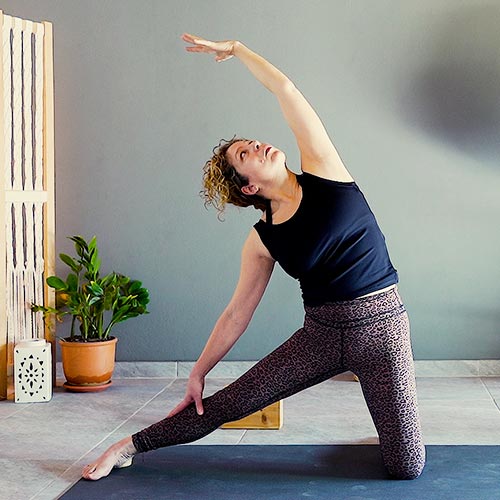
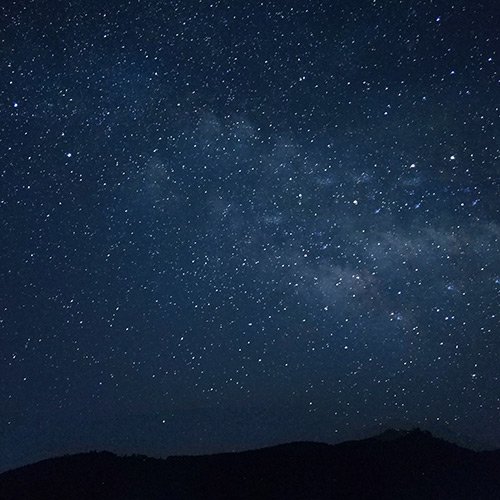
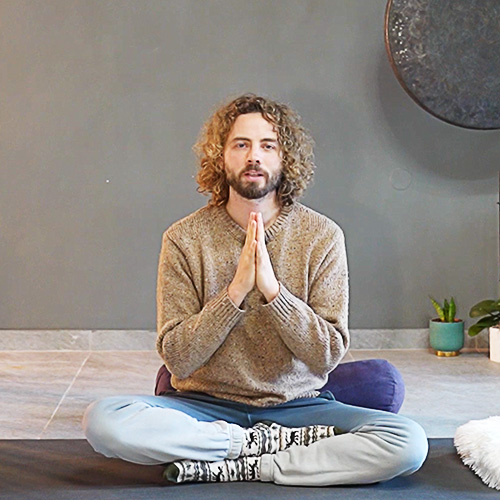



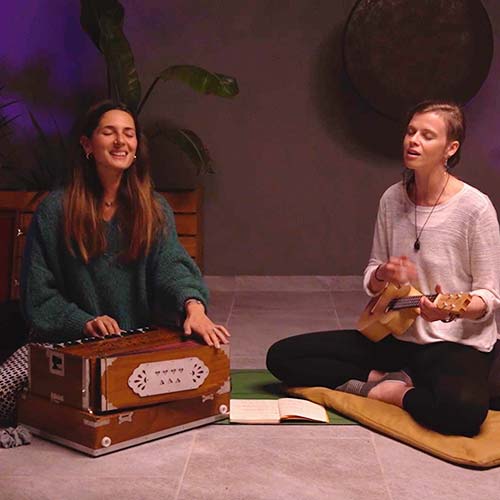
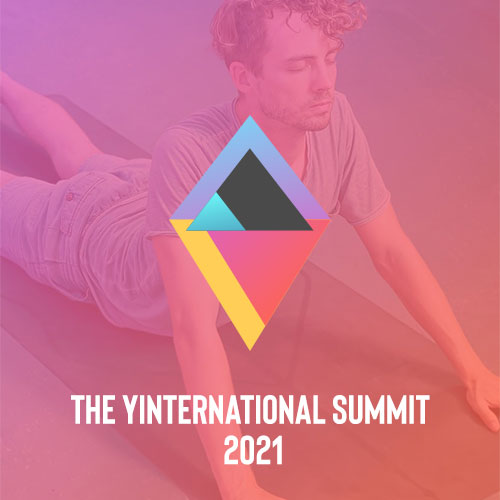
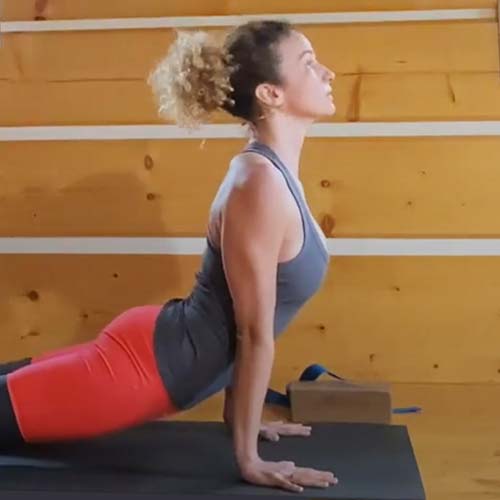

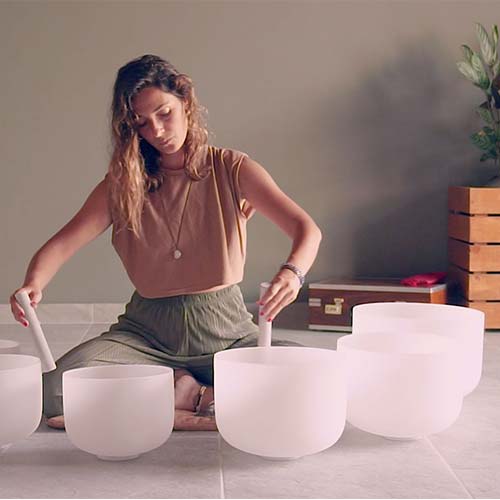
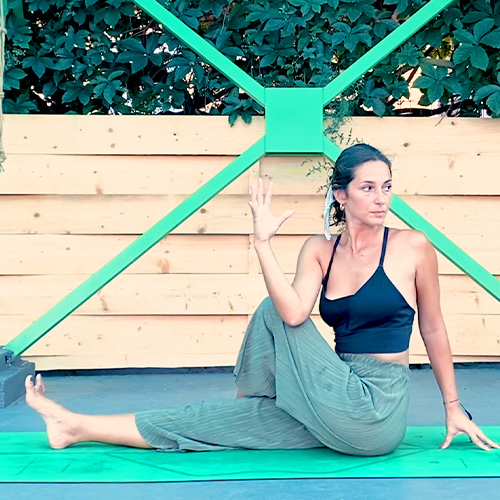
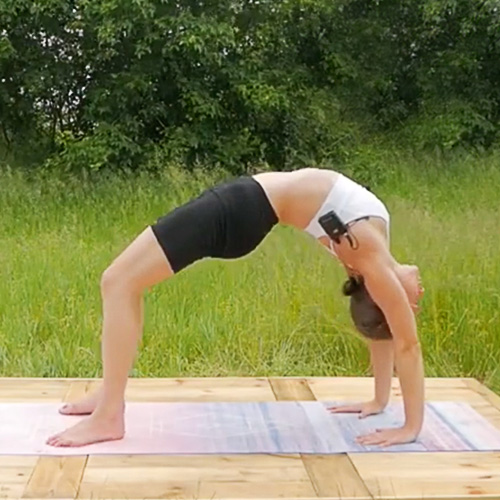

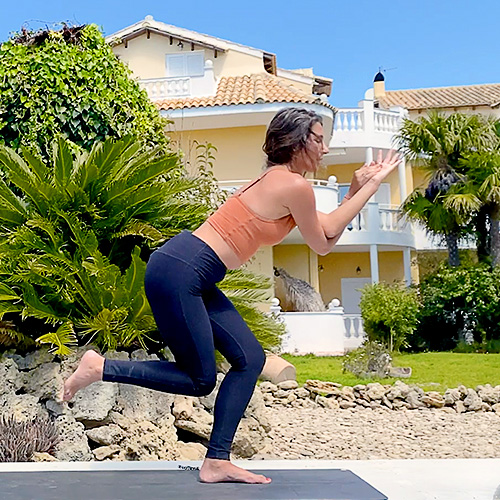
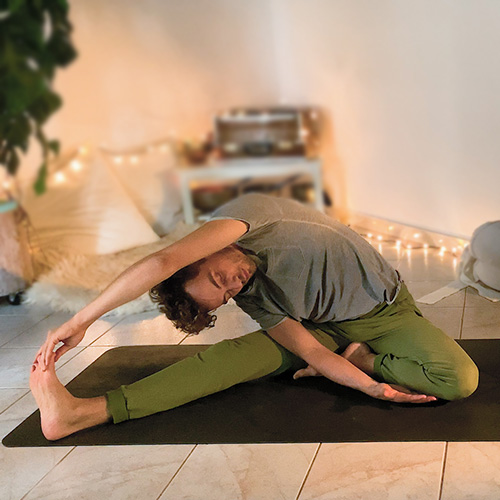
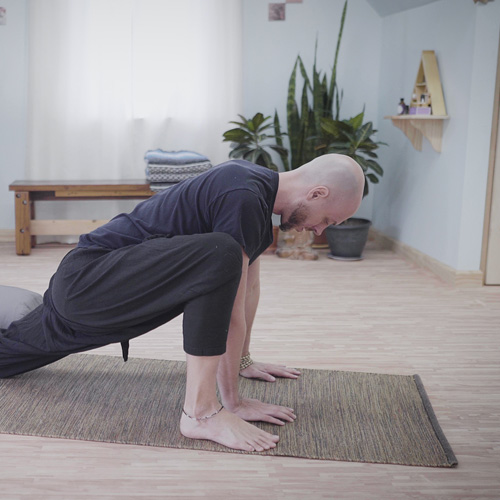
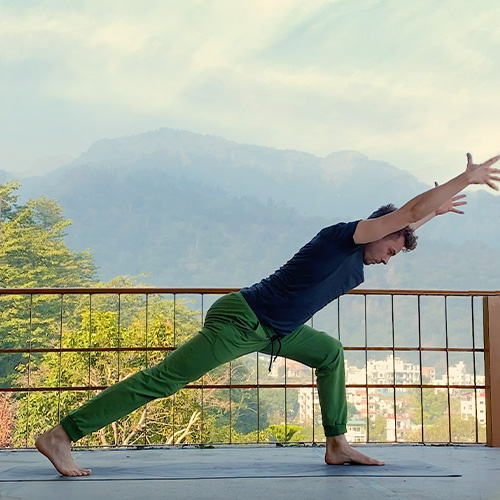
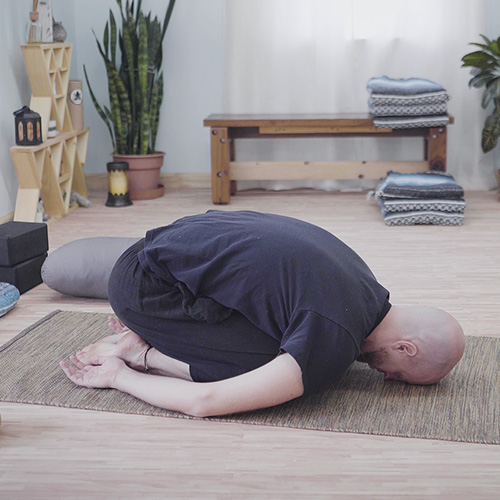
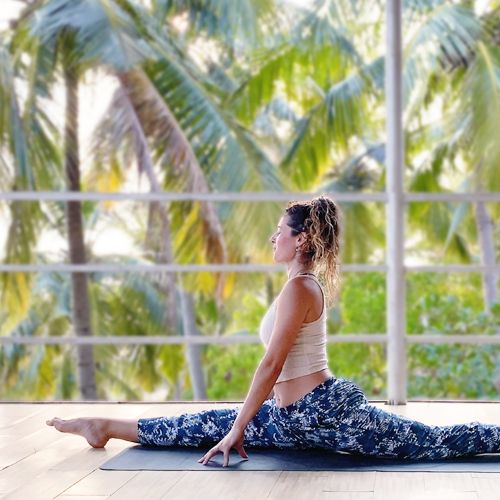


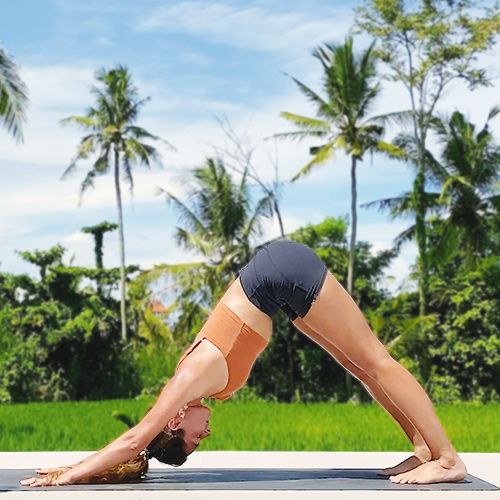
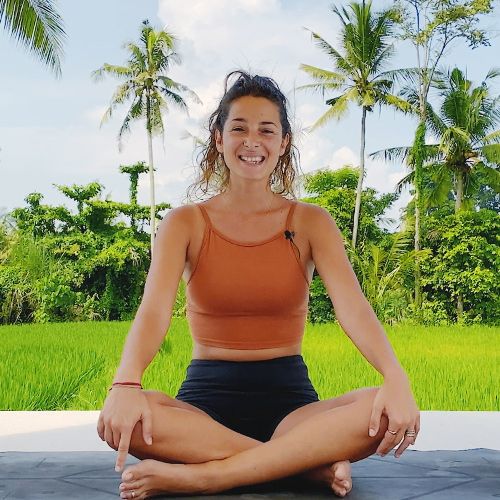
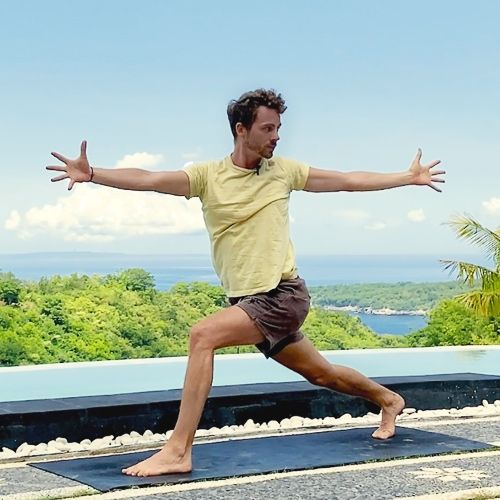
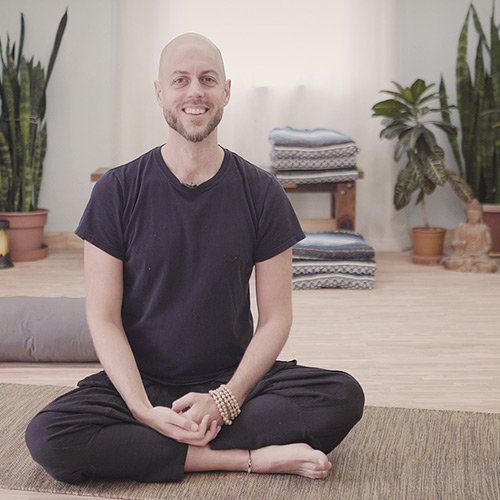



 read more
read more